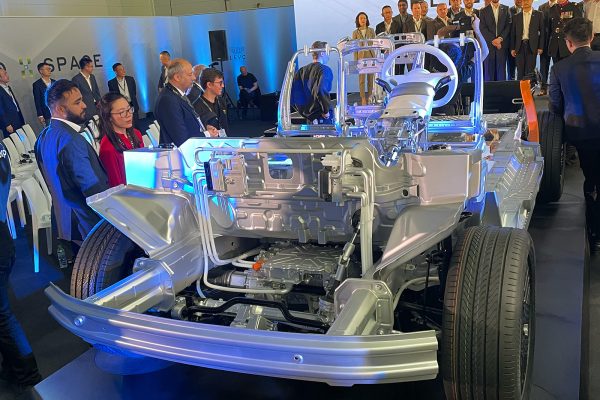PAUL Brown, owner and managing director of Wakefield-based short term vehicle leasing company Cars on Demand – that also incorporates supercar hire company Supercars on Demand – believes in providing UK SMEs with sound, practical advice on fleet car management.
His experience stems from spending a number of years working for a large corporate rental company, where Paul spotted an opportunity in the market for a leasing product that sat between daily vehicle hire and long term leasing.
Paul said;
“I did try to develop this idea with my former employer, but found the bureaucracy and process of trying to bring a product to market prohibitive, so I decided to leave and pursue the idea myself.
“Employee vehicles are very often one of the largest expenses faced by small businesses, but there are more car sourcing options on offer than ever before as more businesses realise the benefits that leasing can bring over ownership.”
Here are Paul’s Top 10 fleet car management tips for SMEs based on his experience, to help businesses manage car leasing cost effectively.
- Ensure that lease agreements are flexible – rolling contracts and short term car leases can be ideal for small to medium size companies, especially ones that employ field sales teams or freelancers
- SMEs can capitalise on car tax rates and National Insurance savings; there are savings to be made on NI contributions for companies that use leasing for small fleets of cars. In general, the lower the CO2 emissions of the vehicles that you have on your fleet, the lower your NI payments will be for your employees
- Consolidate repair bills – injury claims, uninsured losses and rental charges could potentially increase the cost of an accident significantly. It is always worth considering arranging a specialist accident management through your car leasing company as it could reduce off road time by up to 60%
- Most VAT registered companies can claim back 50% of the VAT on leased vehicles; this can increase to 100% if the vehicle is used exclusively for business use
- When employees buy fuel on different accounts – or buy it themselves and claim it back through expenses – this can be time consuming and admin heavy. Using a fuel card system helps to centralise costs
- The type of cars you offer employees has a big impact on their running costs, so try and choose vehicles based on their lifetime cost as opposed to cost per mile – consult a leasing company for the most appropriate vehicle types
- Location matters: if you have employees working in different areas of the country, consider whether they will be able to access your lease provider locally so any issues with their vehicle can be addressed efficiently
- A well-managed vehicle management system will help you determine how much a vehicle costs per mile and how efficiently drivers are operating.
- The fleet marketplace is constantly evolving, so ensure you maintain contact with an expert that can update you on the latest developments for a productive fleet
- Many SMEs find it makes financial and practical sense to outsource to the experts; make good use of a fleet management company’s industry and expert knowledge
Paul concluded;
“I am a firm believer in being flexible and fair with all of our valued customers – it is the lifeblood of my business. We pride ourselves in working alongside the customer to come up with a leasing solution to suits their individual needs.
“Our product works on different levels for different types of customer, too. For example, short term vehicles are an ideal transport solution for small to medium sized businesses that require ad-hoc access to vehicles to accommodate constantly expanding field sales teams or freelancers, or have a high staff turnover.
“However, it also works for individual consumers that may need access to a vehicle on an occasional basis to cover a change in circumstances. For example, if a customer secures a new job role and is waiting for a long-term company vehicle, they can take a car from us to cover the waiting time and hand it back when their leased car arrives.”







